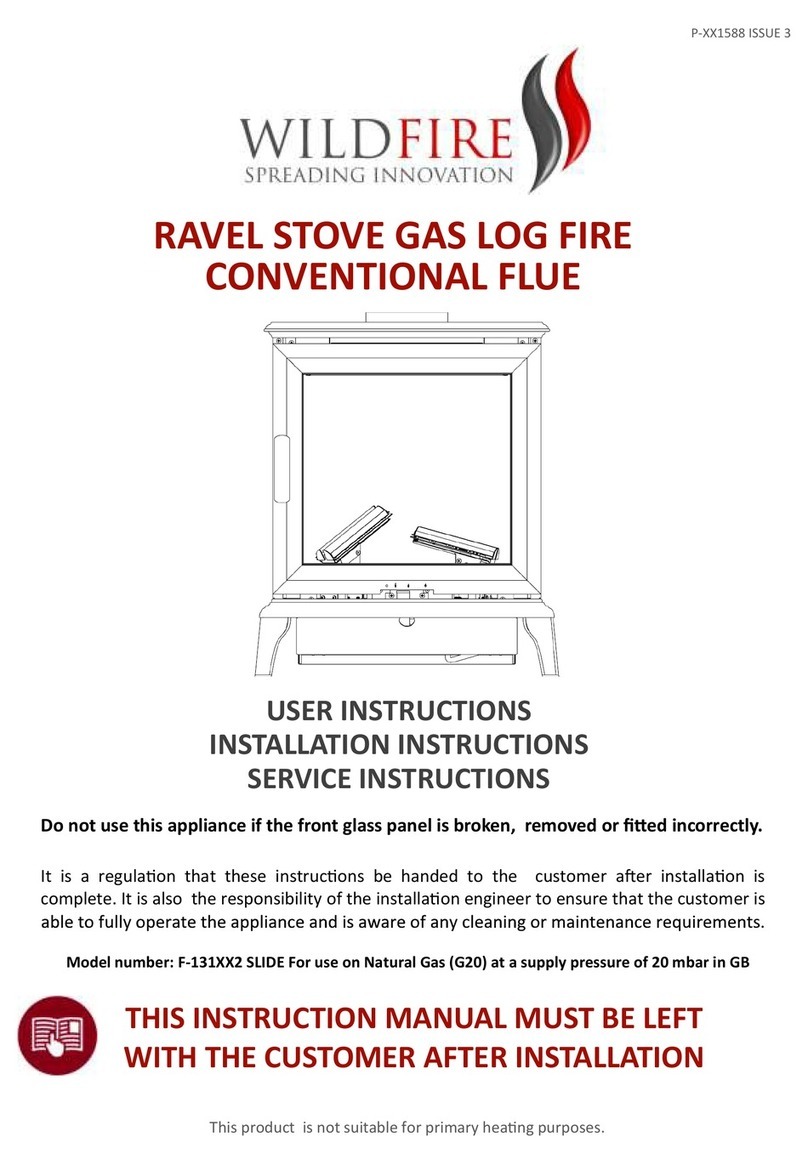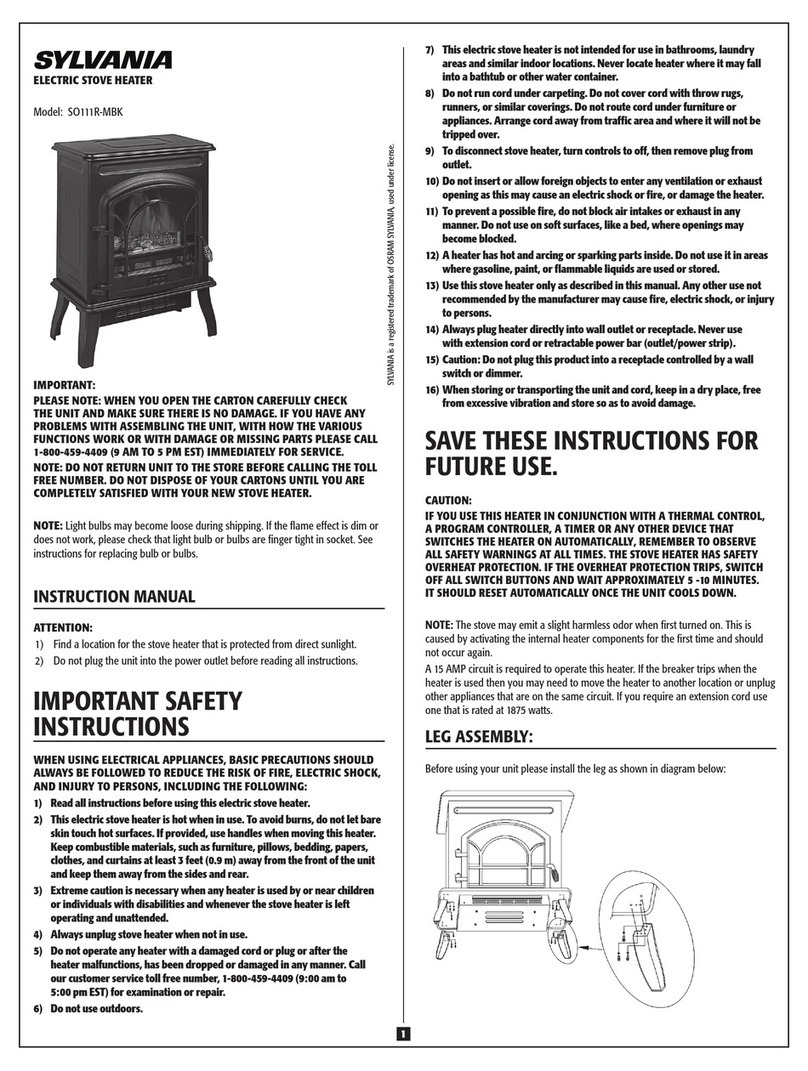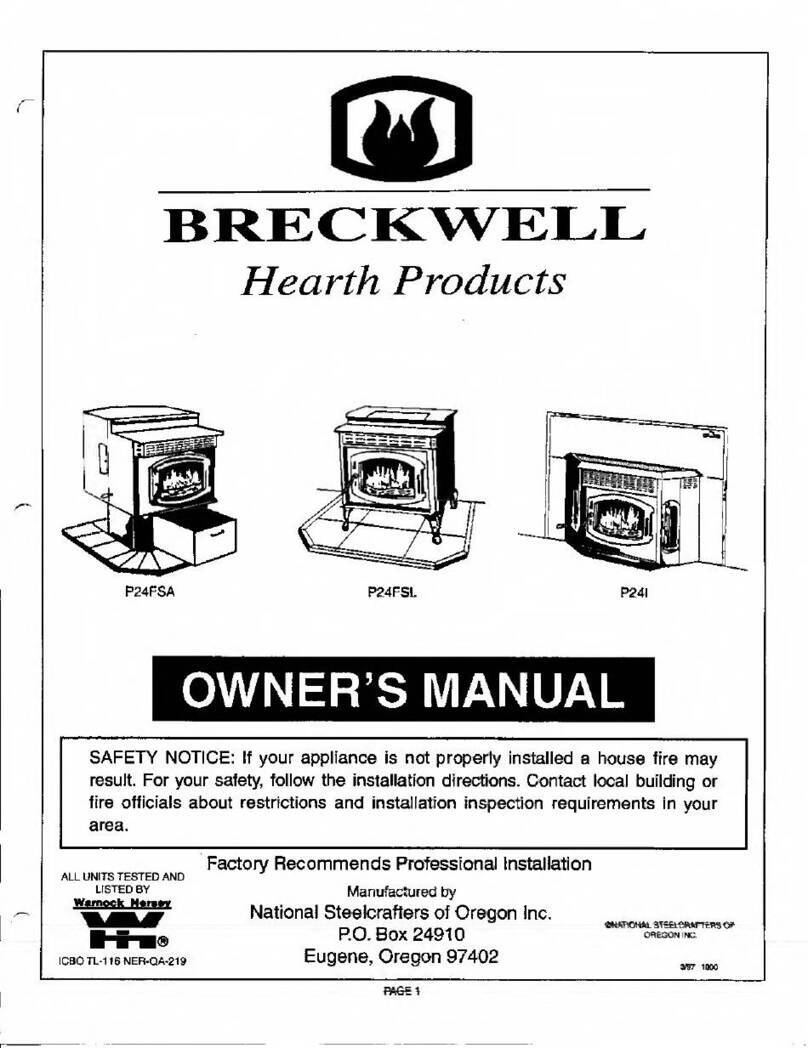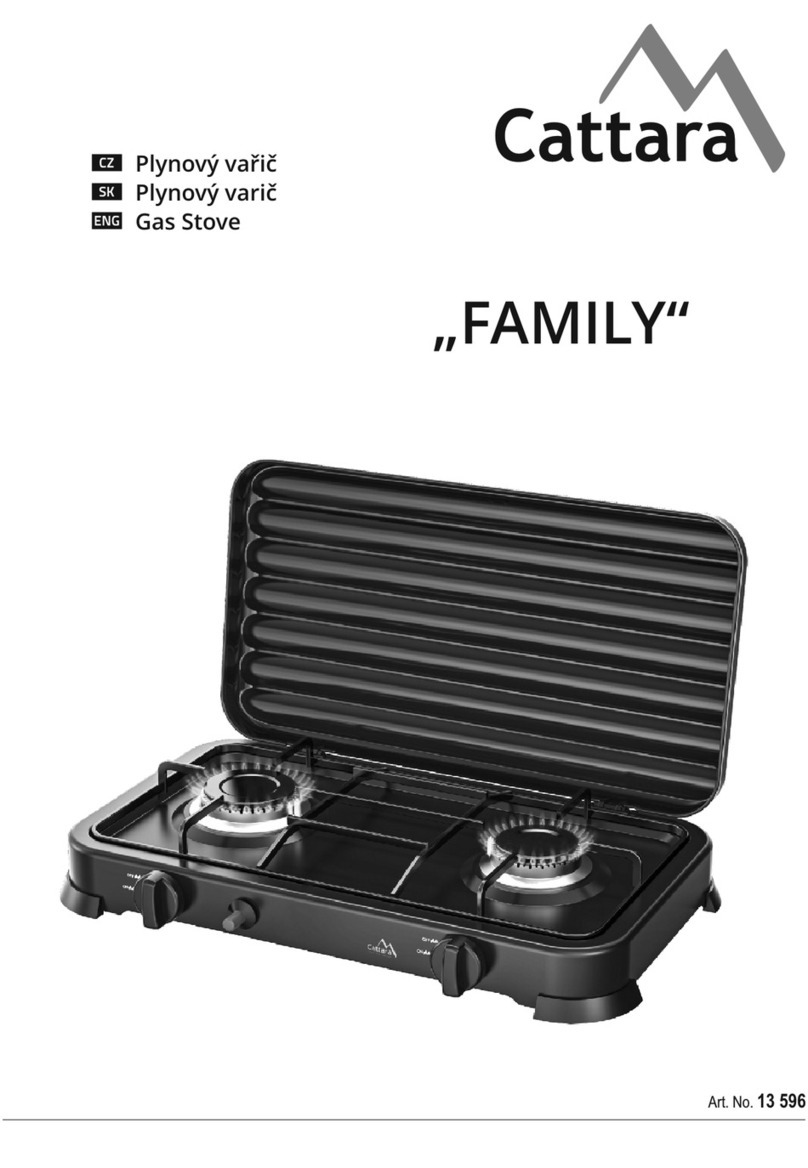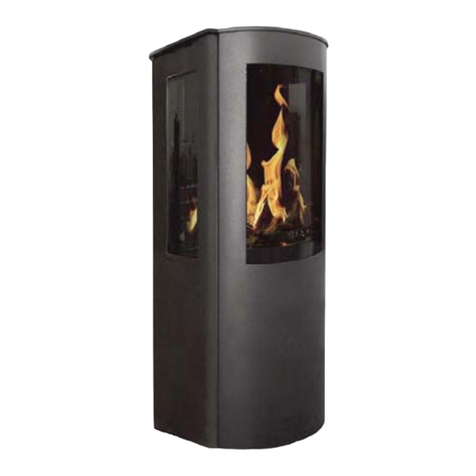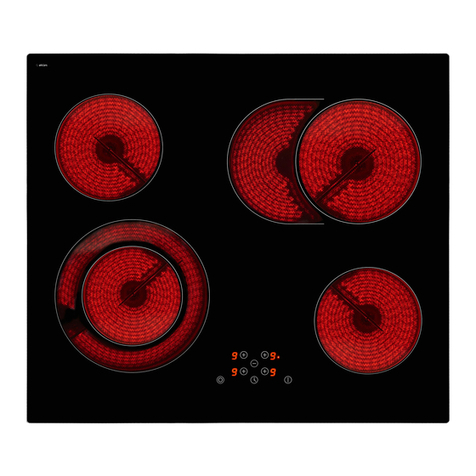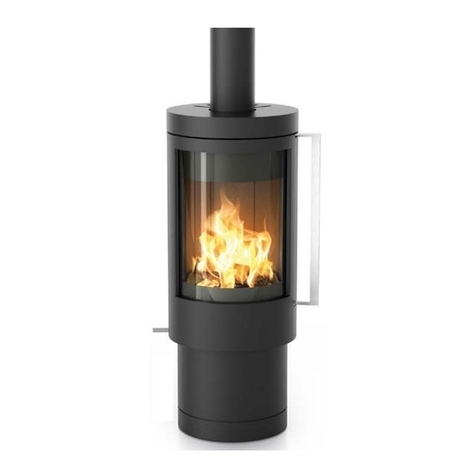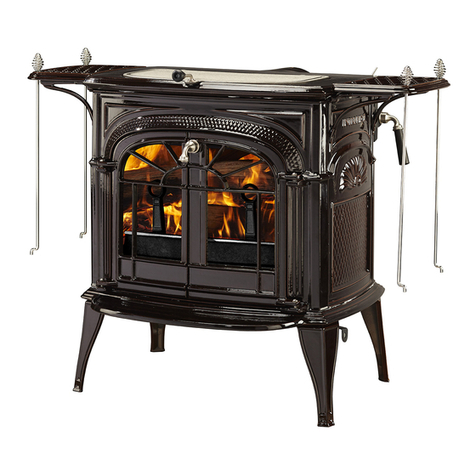
7
3.3 Installing the suction hose
The Silo is specially designed to function with the DOMUSA TEKNIK CVS suction system, installed
together with a plastic hose with an interior diameter of 50 mm. This hose must have a static
electricity discharge system, preferably a copper wire wound around its entire length. This copper
wiremustbeearthedatallthehosejoints and ends.
Whatever the type of hose used, it must be made of a suitable material for wood pellet transport
and it must always have an interior diameter of 50 mm. The following recommendations must also
becompliedwithforcorrectinstallation:
The maximum permitted hose length is 25 metres for conveyance from the main Silo to the
suctionunit(CVS suction system pot)and25metres for return.
Bend angles of over 45º must be avoided wherever possible. If these cannot be avoided, any
curveswithanglesofover45ºmusthavea radius of curvature greater than 125 mm.
If rigid plastic tubing is used, do not use standard 90º elbows. If elbows are necessary, the
curves constructed must have a minimum radius of 125 mm.
Themaximum height differencepermittedforthe installation is 6 metres.
Avoid any splicing or coupling in the hose installation wherever possible, as this may narrow
the circuit, which can cause clogging of the pellets conveyed and could block the system.
Most importantly, avoid any joints in the hose section leading from the main Silo to the boiler
reserve tank suctionunit (suction pot), as thepellets are conveyed through this section.
If there is no alternative to splicing and extending the installation, straight rigid tubing with
an interior diameter of 50 mm must be used. It is preferable for any splicing and joining of the
hose to be made in the pneumatic suction system return section, as only air is conveyed in
this section. All the hose sections must be earthed at all joints and at the ends of the hose.
The most vital factor for ensuring maximum suction power for the system is the airtightness
of the CVS suction system installation, and great care must therefore be taken on installing
the hoses. All joints in the installation must be secured with clamps, taking special care to
preventleakage.
We recommend avoiding hose crossover in the installation wherever possible. The flow and
returnhosesofthepneumaticinstallationshouldrunparallel to each other.
For correct assembly of the hoses, they should be fixed to the walls and/or floor using suitable
flanges throughout the entire installation, to ensure stability. The recommended maximum
distancebetweenthefixingpointsis80-110cm.
Someoftheserecommendationsareillustratedinthefigure below:

